The First Doctor: Medicine Buddha Bhaisajyaguru Lapis Lazuli Light — Empowering You to Heal; the Buddha of Healing and Medicine and Doctors

In times of pain, sickness, or stress, many Mahayana Buddhists rely on sacred Medicine Buddha meditation for healing. In Buddhism, where the power of mind is preeminent, it is no surprise that meditation is widely embraced as medication. As David Miche explains, they have the same root in language:
“It is no coincidence that the words “medication” and “meditation” are only one letter different. They both come from the same Latin root word, medeor, meaning “to heal or to make whole.” [1]
Although all Buddhist meditation can be thought of as “healing” — employing mind to heal body — it is to meditation on Medicine Buddha that most turn, largely because of the Sacred Vow of Medicine Buddha in His Sutra:
“I vow that all beings who are physically disabled or sick in all aspects be blessed with good health, both physically and mentally. All who pay homage to Buddha faithfully will be blessed.”
One way to bring the blessings of Medicine Buddha is to chant his Dharani while meditating on his image. Chant along with Buddha Weekly in the original Sanskrit Dharni from the Medicine Buddha Sutra:
Healing Buddha for Holistic Healing
Buddhist healing starts with the mind, rather than the co-dependent body. This doesn’t mean that we believe we can “think our way to health” — although the mind’s power over pain is inarguable [See this feature for more>>]
You can’t simply make up your mind not to be sick. Medicine Buddha as the patron of healing, doesn’t suggest pseudoscience or psychosomatic healing. Instead, Medicine Buddha healing is about holistic solutions that begin with the mind — but fully involve the body and speech. In Buddhism, the Body, Speech, and Mind are all equally important, not only in healing but in spiritual practice.

As David Michie explains, in his excellent feature on Medicine Buddha meditation: “When we practice Medicine Buddha meditation, we do not do so to replace mainstream medical treatment, but to complement it. The practice purifies and removes the underlying, karmic causes of disease and cultivates the causes for holistic well-being. Such may be the power of our practice that we experience significant improvements in the symptoms, too. But we need to be clear about what we are doing.”
About Medicine Buddha video from Buddha Weekly:
Research supports the power of the mind
Science does not contradict the profound power of the mind. On the contrary, numerous studies support the power of mind and meditation and mantra in healing everything from migraines to depression to cognitive issues. [For example, see this feature in Buddha Weekly, citing several research studies>> or this feature Healing meditation>>]
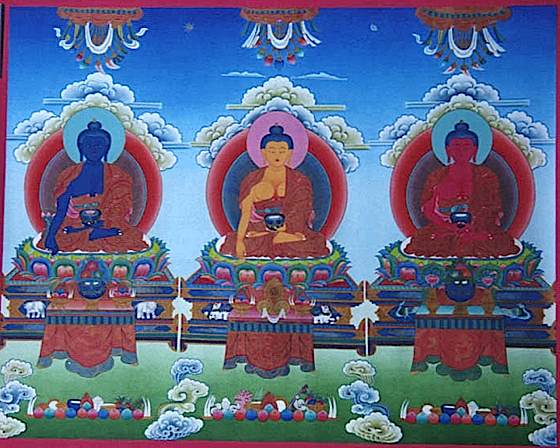
Tibetan Buddhist doctors rely on Medicine Buddha as their patron in their healing practice. According to tradition, regular practice with the Medicine Buddha also empowers one to heal others. In China and Japan, Medicine Buddha is a refuge in times of illness. Around the world, literally millions call out the name or mantra of Bhaisajyaguru (भैषज्यगुरु). It is even written in the sutras that if you speak the name of the Medicine Buddha in the ears of a dying animal or human they will be ensured good rebirth regardless of their past karma. No wonder the Medicine Buddha is so popular.
A full 10 minute guided visualization as guided by Venerable Zasep Rinpoche followed by the most beautiful mantra chanting of Yoko Dharma:
Medicine Buddha Mantra chanted beautifully in Sanskrit by Buddha Weekly:
Medicine Buddha is renowned not just for healing, but for His ability to neutralize past bad karma, His ability to bring good fortune to those in need, His ability to help us on the path to enlightenment, even His vows to release repentant prisoners. His Dharani in Sanskrit is:
Namo bhagavate bhaisajyaguru-vaidurya prabha-rajaya tathagataya arhate samyak- sambuddhaya tadyatha. Om bhaisajye bhaisajye bhaisajya-samudgate svaha!
A lovely chanted Medicine Buddha chanted in the Tibetan style, by the great Yoko Dharma:
This can be translated as: “I honour the Lord Master of Healing, the King of Lapis Lazuli Radiance, Tathagata, Arhat, Perfect Enlightened One, saying: To the healing, to the healing, to the supreme healing hail!” The last line of the Dharani is, of course, the short mantra.
The Mantra of the Great Medicine Buddha
Nothing is more soothing than to sit in quiet contemplation, chanting the Medicine Buddha mantra quietly:
TADYATHA AUM BHAISHAJYE BHAISHAJYE MAHA BHAISHAJYE BHAISHAJYE SAMUDGATE SVAHA
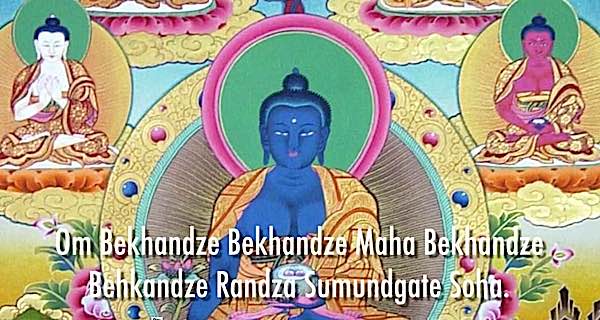
This is the sanskrit version (where Om is really Aum) of one version of the Medicine Buddha mantra as taught to me by my teacher. As found in the original sutra, the Bhaiṣajyaguruvaiḍūryaprabhārāja Sūtra (भैषज्यगुरुवैडूर्यप्रभाराज सूत्र) this is most often given as:
TADYATHA OM BHAISHAJYE BHAISHAJYE MAHA BHAISHAJYA SAMUDGATE SVAHA
Many Buddhists chant in Sanskrit, as found in the sutra, but others use the Tibetan pronunciation. Since the intention is more important than the pronunciation, most teachers suggest both are equally effective. The Sanskrit version, of course, has the virtue of lineage to Shakyamuni Buddha via Sutra and by virtue of centuries of unbroken lineage from Tibetan teachers reaching back to Buddha. The Tibetan pronunciation is equally empowered from centuries of practice:
Tayata Om Bhekandze Bekhandze Maha Bhekandze Bhekandze Randza Sumungate Soha
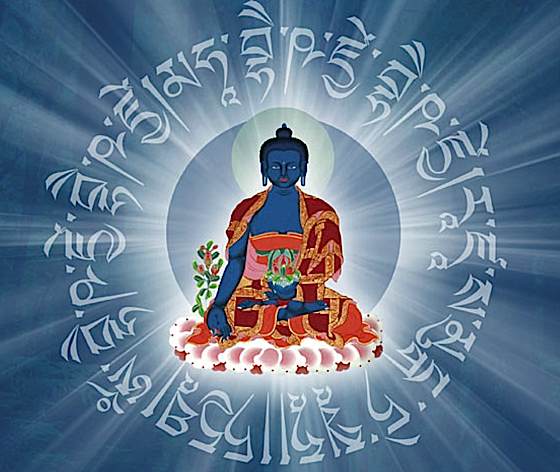
Visualizing the Buddha of Lapis Lazuli Light
Mantras are effective regardless of other practices, but visualizing the Medicine Buddha while chanting is very effective. Part of the visualization likely will include seeing the mantra emanating from Buddha. If you have empowerment with a guru, you can generally find this even more powerful if you self-generate as the Medicine Buddha. (Note: Without empowerment, you should generally visualize Medicine Buddha in front of you, with rays of healing light or nectar projecting into the crown of your head and filling your body with healing energy.)
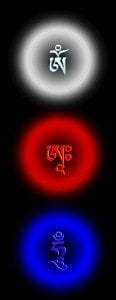

In my tradition, we visualize the seven Medicine Buddhas (see the top tangkha), but the simplest visualization is to envision a shining Lapis Lazuli blue Buddha, beautiful in radiance, perfect in all His features, in a monk’s robe in full lotus on the Lotus and moon throne. His face is serene and compassionate, and he has the features of a great Buddha. In his left hand is the Lapis-colored jar of medicine nectar, a medicine that not only cures all ills, but also negative karma, tensions, suffering, poverty, and any other sufferings. In his right hand is the stem of the Myrobalan, with Aruna fruit, held between thumb and forefinger. He is surrounded by a glowing nimbus and aura of Lazuli-colored light and as you chant, his crown, throat and heart glow with powerful seed syllables: Om (crown chakra) Ah (throat chakra) and Hum (heart chakra). My teacher normally encourages us to visualize with Tibetan script as it is very beautiful. (See Tibetan Script Visualization to the right). You can visualize in Sanskrit characters (left). Or even Roman alphabet if that is difficult: Om Ah Hum.
Then, healing light radiates from the Medicine Buddha’s heart, penetrating either your crown or heart, filling you with healing light, and driving out bad karma and sickness as visible black sludge and smoke. Some experienced visualizers envision white light from the Buddha’s glowing Om flowing into their own crown; and red healing light from the Buddha’s red Ah syllable flowing into their own throat; and blue healing light from the Buddha’s blue Hum flowing into their own heart chakra.
Often He is visualized with his two attendants Suryaprabha and Candraprabha, who are the sun and moon Bodhisattvas. In Soto and other Mahayana practices, you might also visualize the Twelve Warriors of Bhaisajyaguru, who relate directly to the twelve great vows of the Medicine Buddha (see below.) In my practice, we visualize the Seven Medicine Gurus plus Shakyamuni as the Eighth Medicine Buddha.

Healing Practices
Aside from visualizing and mantra recitation, a common healing practice is to chant 108 of Medicine Buddha’s mantras over a glass of water. The chanter, preferably one who has chanted the mantra in regular practice, then blows on the water and offers it to a sick person. The empowered water has healing powers. The patient can also be requested to speak the name of the Buddha 108 times, or chant the mantra, or read the sutras, or just to gaze upon a loving picture of the Medicine Buddha. Many miraculous cures have been attributed to the Medicine Buddha. From my own experience, when two Tylenol do not work, the mantra certainly does.
Tibetan doctors tend to begin each day with Medicine Buddha practice, and when making herbal medicines chant the Mantras while working to further empower their medicinal benefits.

Dedicating the Merit is Important
Most important to any healing, for a practicing Buddhist, is to dedicate the merit of any mantra chant or visualization or healing to the benefit of others, not to oneself. There is great healing power in Bodhichitta and dedicating the merit to others selflessly — as the Medicine Buddha himself did in the twelve great vows before he became a Buddha (see below.)
Faith plays a role in healing, in that having absolute faith empowers practice, yet I have seen from past experience, as have many others, that chanting the Medicine Buddha Dharani or mantra for non-Buddhists — who might have no faith —is equally effective. The power is not all about faith.
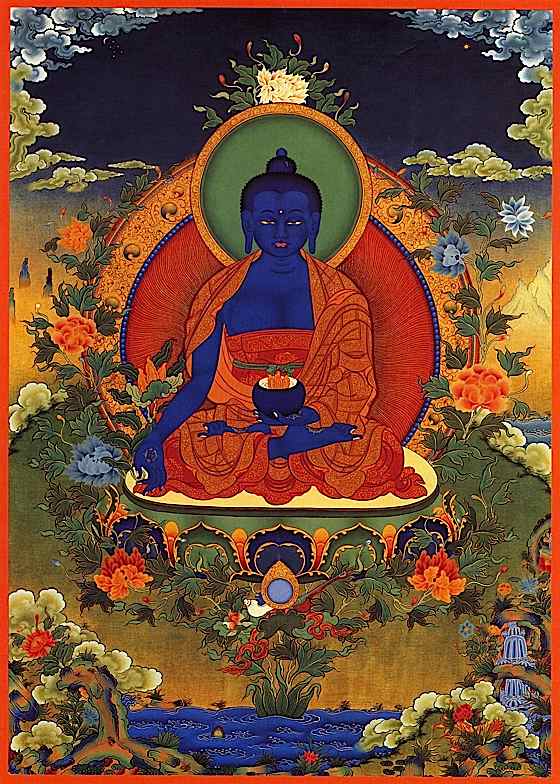
Dharani of the Lord of Healing
In the sutras, Shakyamuni Buddha, the living Buddha of our age, taught the Dharani of the Medicine Buddha to benefit all beings, from gods to hell beings.
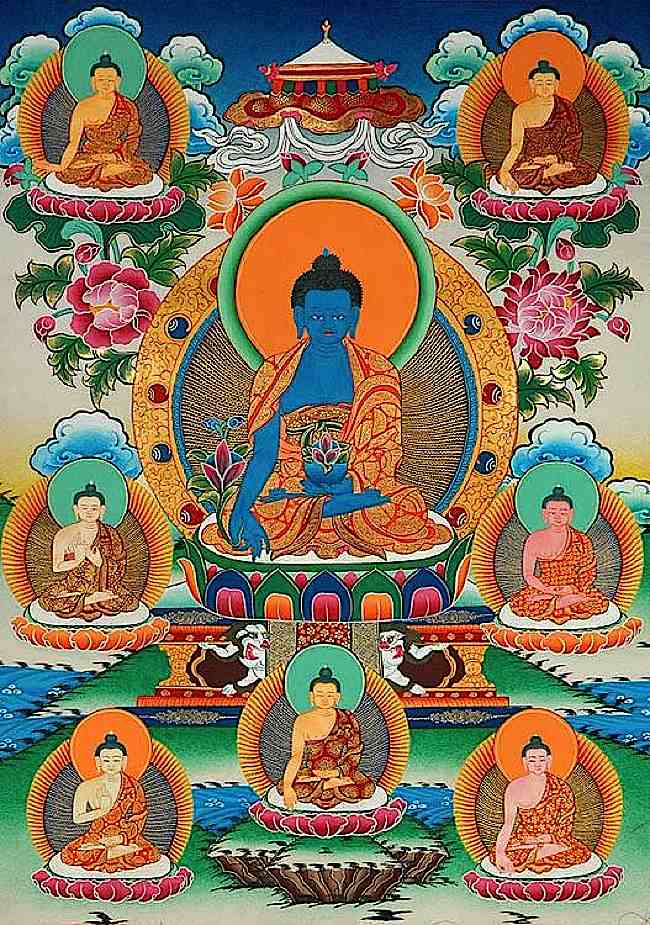
Lazuli Pure Land East
Medicine Buddha meditation and mantra is a sutra practice, as taught by Shakyamuni Buddha. The Medicine Buddha Sutra is known as Bhaiṣajyaguruvaiḍūryaprabhārāja Sūtra (भैषज्यगुरुवैडूर्यप्रभाराज सूत्र). His Lapis Lazuli Pure Land is in the east, but, in fact, he resides in your heart, always ready to help. Medicine Buddha has seven brothers, each with different praises and functions, or they can be thought of as manifestations of the same Medicine Buddha. He goes by many names, including:
• formal title: Bhaiṣajyaguruvaiḍūryaprabhārāja (भैषज्यगुरुवैडूर्यप्रभाराज, “Medicine Master and King of Lapis Lazuli Light”)
• Bhaisajyaguru — Medicine Guru in Sanskrit
• Bhaisajyaraja — Medicine King in Sanskrit
• Bhaisajya Samudgate — Supreme Healer in Sanskrit
• Sangye Menla — Supreme Healer in Tibetan
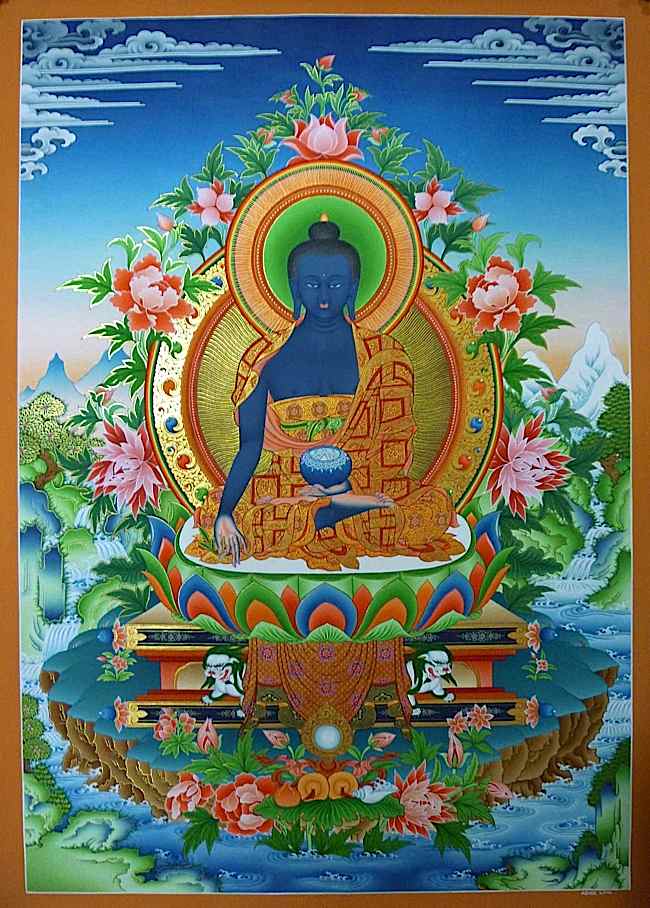
The Twelve Vows
The twelve vows taken by Baishajyaguru, while he was a Bodhisattva, before he became a Buddha, are the key to understanding the unrestrained and growing popularity of the Lapus Lazuli Buddha. Just remembering his name and his vows brings healing. Reading the twelve vows is also a healing experience. Reciting the Medicine Guru sutra is also very powerful. He selflessly swore:
1. I vow that my body shall shine as beams of brilliant light on this infinite and boundless world, showering on all beings, getting rid of their ignorance and worries with my teachings. May all beings be like me, with a perfect status and character, upright mind and soul, and finally attaining enlightenment like the Buddha.
2. I vow that my body be like crystal, pure and flawless, radiating rays of splendid light to every corner, brightening up and enlightening all beings with wisdom. With the blessings of compassion, may all beings strengthen their spiritual power and physical energy, so that they could fulfil their dreams in the right track.
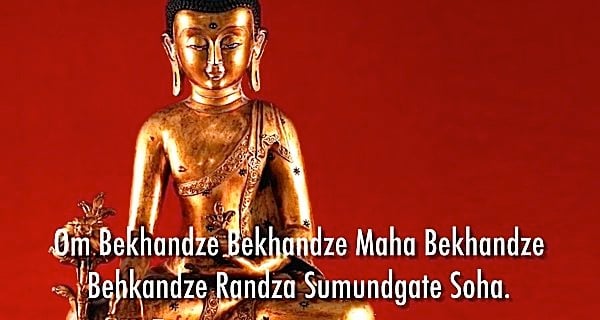
3. I vow that I shall grant by means of boundless wisdom, all beings with the inexhaustible things that they require, and relieving them from all pains and guilt resulting from materialistic desires. Although clothing, food, accommodation and transport are essentials, it should be utilized wisely as well. Besides self-consumption, the remaining should be generously shared with the community so that all could live harmoniously together.
4. I vow to lead those who have gone astray back to the path of righteousness. Let them be corrected and returned to the Buddha way for enlightenment.
5. I vow that I shall enable all sentient beings to observe precepts for spiritual purity and moral conduct. Should there be any relapse or violation, they shall be guided for repentance. Provided they truly regret their wrong-doings, and vow for a change with constant prayers and strong faith in the Buddha, they could receive the rays of forgiveness, recover their lost moral and purity.
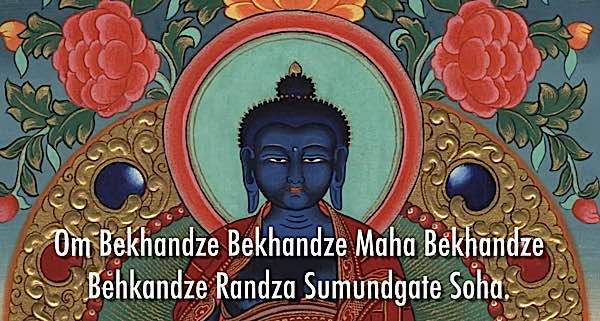
6. I vow that all beings who are physically disabled or sick in all aspects be blessed with good health, both physically and mentally. All who pays homage to Buddha faithfully will be blessed.
7. I vow to relieve all pain and poverty of the very sick and poor. The sick be cured, the helpless be helped, the poor be assisted.
8. I vow to help beings who are undergoing sufferings and tortures. By hearing my name, paying homage and praying, their wishes would be granted and ultimately attain Buddhahood.
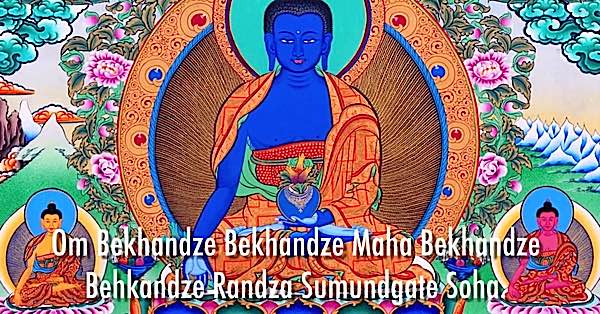
9. I vow to free all beings from evil thoughts and its control. I shall lead them onto the path of light through inculcating them with righteousness and honour so that they will walk the Buddha way.
10. I vow to save prisoners who have genuinely repented and victims of natural disasters. Those who are sincere will be blessed by my supreme powers and be freed from sufferings.
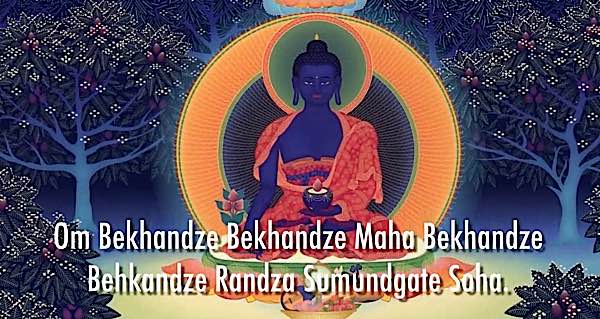
11. I vow to save those who suffer from starvation and those who committed crime to obtain food. If they hear my name and faithfully cherish it, I shall lead them to the advantages of Dharma and favour them with best food and eventually lead a tranquil and happy life.
12. I vow to save those who suffer from poverty, tormented by mosquitoes and wasps day and night. If they come across my name, cherish it with sincerity and practise dharma to strengthen their merits, they will be able to achieve their wishes.
Who couldn’t feel drawn to a Buddha willing to help us with such powerful vows, simply by virtue of calling his name?

Other Names of Medicine Buddha
There are several “Medicine Buddhas”—seven, plus Shakyamuni Himself as the eighth, each separately honoured and named, but where one Medicine Buddha is practiced as a solitary meditation, normally this is Bhaisajyaguru Vaiduryaprabharaja (भैषज्यगुरुवैडूर्यप्रभाराज)—the Medicine Guru of Lapis Lazuli Light. His pure land is in the east, and is called Vaiduryanirbhasa, or pure Lapis Lazuli Land. He might also be known as Sanye Menla (Tibetan སངས་རྒྱས་སྨན་བླ།, or just Menla), Medicine King, Medicine Guru, Yaoshifo (藥師佛 Chinese name), Nyorai or Yakushi (in Japan 薬師, 薬師如来), Yaksabul or Yaksayeorae (약사불, 약사여래 in Korea)or Lapis Luzuli Buddha. In many practices, seven or eight Medicine Gurus are honoured.
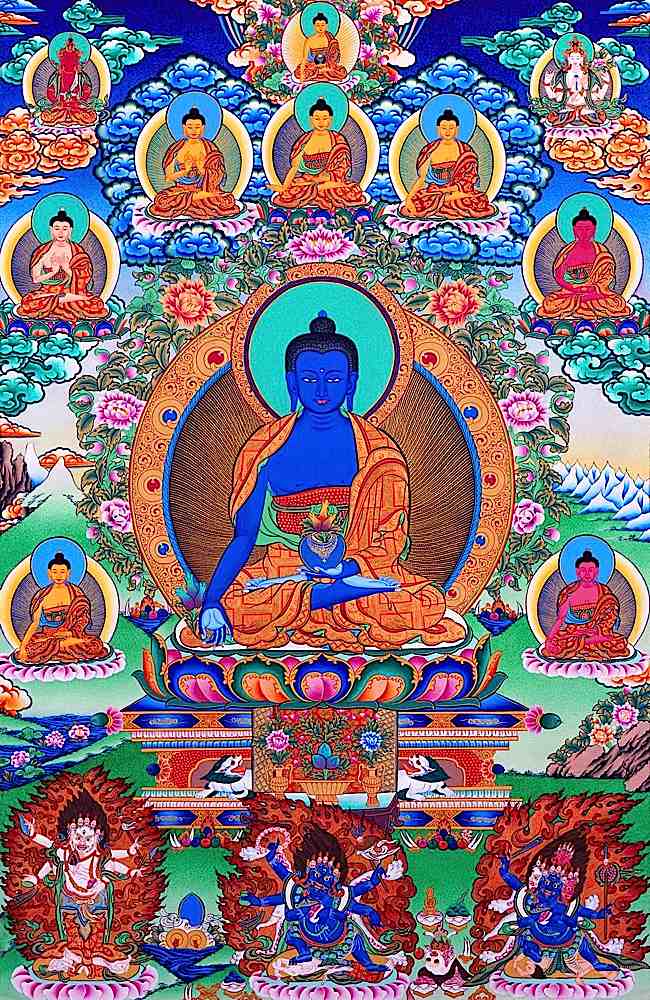
The Seven or Eight Medicine Buddhas
The Seven Medicine Buddhas names in English are a powerful and lovely poetic expression in and of themselves.:
- Bhaisajyaguru: Tathagatha Medicine Guru Lapis Lazuli King
- Abhiyaraja: Tathagatha King of Clear Knowing
- Dharmakirtisagara: Tathagatha Melodious Ocean of Dharma Proclaimed
- Asokottamasriraja: Tathagatha Supreme Glory Free From Sorrow
- Suvarnabhadradravimala: Tathagatha Stainless Excellent Gold
- Svaragosaraja: Tathagatha King of Melodious Sound
- Suparikirti-tanamasriraja: Tathagatha Glorious Renown of Excellent Signs
The eighth is Shakyamuni Buddha, the historical Buddha of our era—who taught us the Dharma. When chanting the praises, I prefer the poetic Enlish names to the Sankrit, just because of the beautiful descriptions. In a full practice session or a puja, each of the Buddhas would receive His own praise. As you visualize each of the Buddhas you prostrate and make envisioned offerings.
NOTES
[1] How to Invoke the Medicine Buddha, by David Michie — Lion’s Roar
Related Stories and Videos:
- Medicine Buddha guided meditation video with H.E. Zasep Rinpoche
- Medicine Buddha chanting by Yoko Dharma
- Illness and Cancer Advice: Healing teaching video: Medicine Buddha and Black Manjushri
39 thoughts on “The First Doctor: Medicine Buddha Bhaisajyaguru Lapis Lazuli Light — Empowering You to Heal; the Buddha of Healing and Medicine and Doctors”
Leave a Comment
More articles by this author
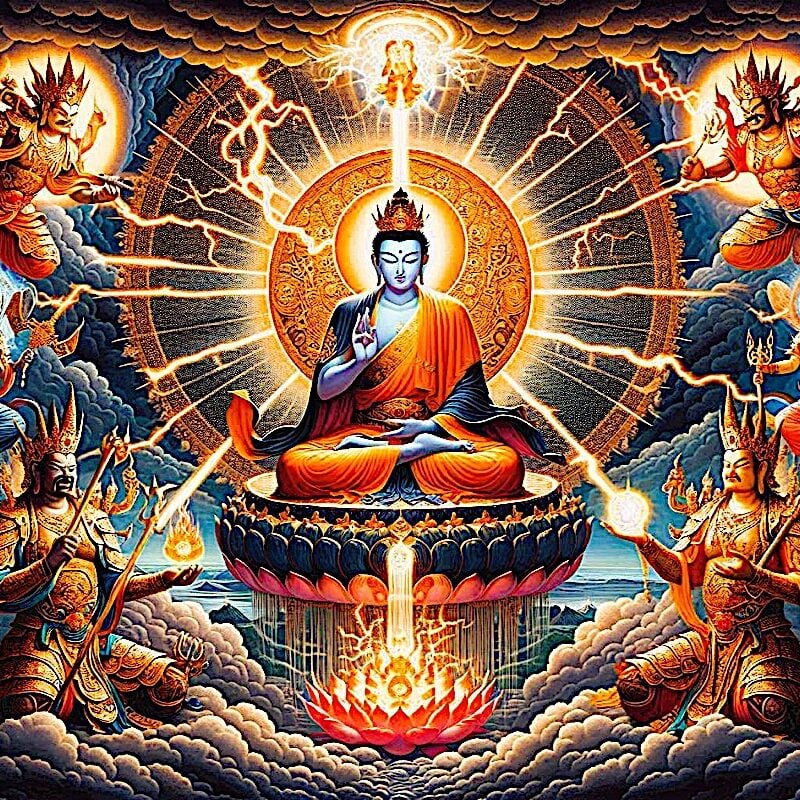
Protection from all Harm, Natural Disaster, Weather, Spirits, Evil, Ghosts, Demons, Obstacles: Golden Light Sutra: Chapter 14

Guru Rinpoche is ready to answer and grant wishes: “Repeat this prayer continuously” for the granting of wishes
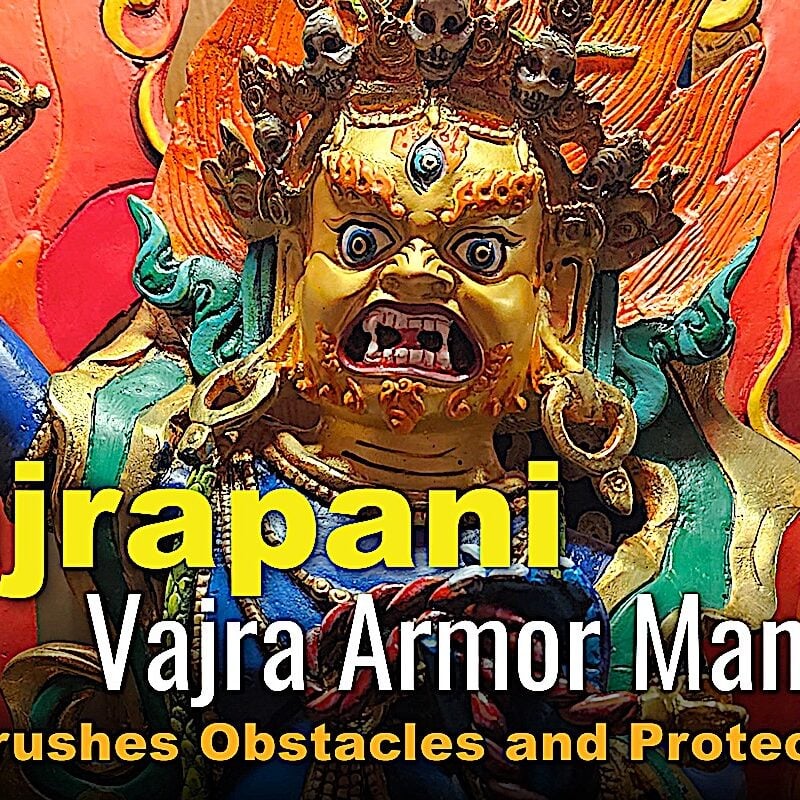
VIDEO: Vajrapani Vajra Armor Mantra: Supreme Protection of Dorje Godrab Vajrakavaca from Padmasambhava
Search
Latest Features
Please support the "Spread the Dharma" mission as one of our heroic Dharma Supporting Members, or with a one-time donation.
Please Help Support the “Spread the Dharma” Mission!
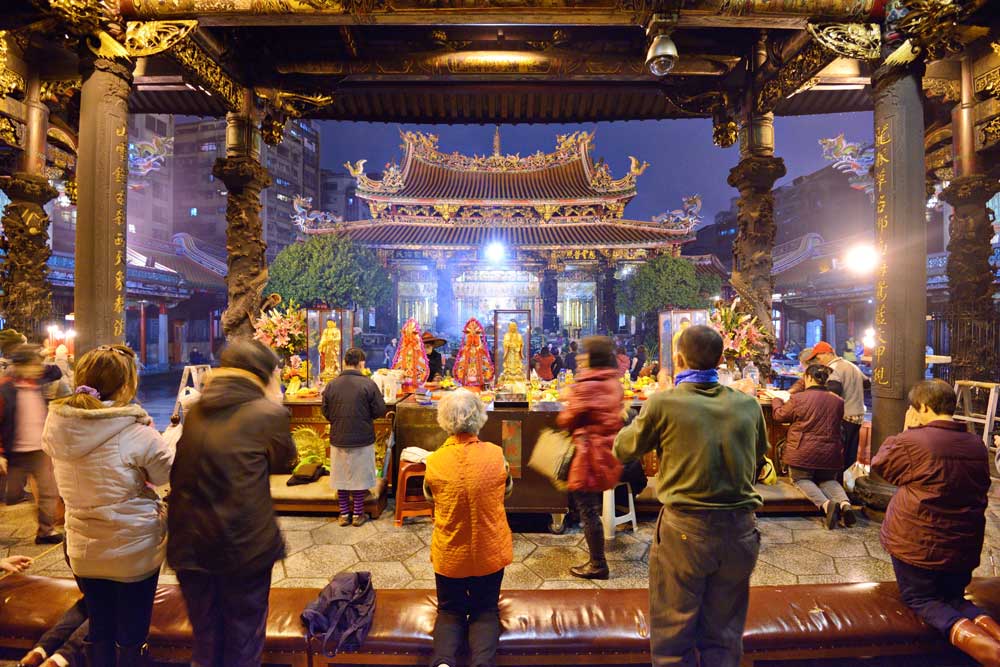
Be a part of the noble mission as a supporting member or a patron, or a volunteer contributor of content.
The power of Dharma to help sentient beings, in part, lies in ensuring access to Buddha’s precious Dharma — the mission of Buddha Weekly. We can’t do it without you!
A non-profit association since 2007, Buddha Weekly published many feature articles, videos, and, podcasts. Please consider supporting the mission to preserve and “Spread the Dharma." Your support as either a patron or a supporting member helps defray the high costs of producing quality Dharma content. Thank you! Learn more here, or become one of our super karma heroes on Patreon.
Lee Kane
Author | Buddha Weekly
Lee Kane is the editor of Buddha Weekly, since 2007. His main focuses as a writer are mindfulness techniques, meditation, Dharma and Sutra commentaries, Buddhist practices, international perspectives and traditions, Vajrayana, Mahayana, Zen. He also covers various events.
Lee also contributes as a writer to various other online magazines and blogs.
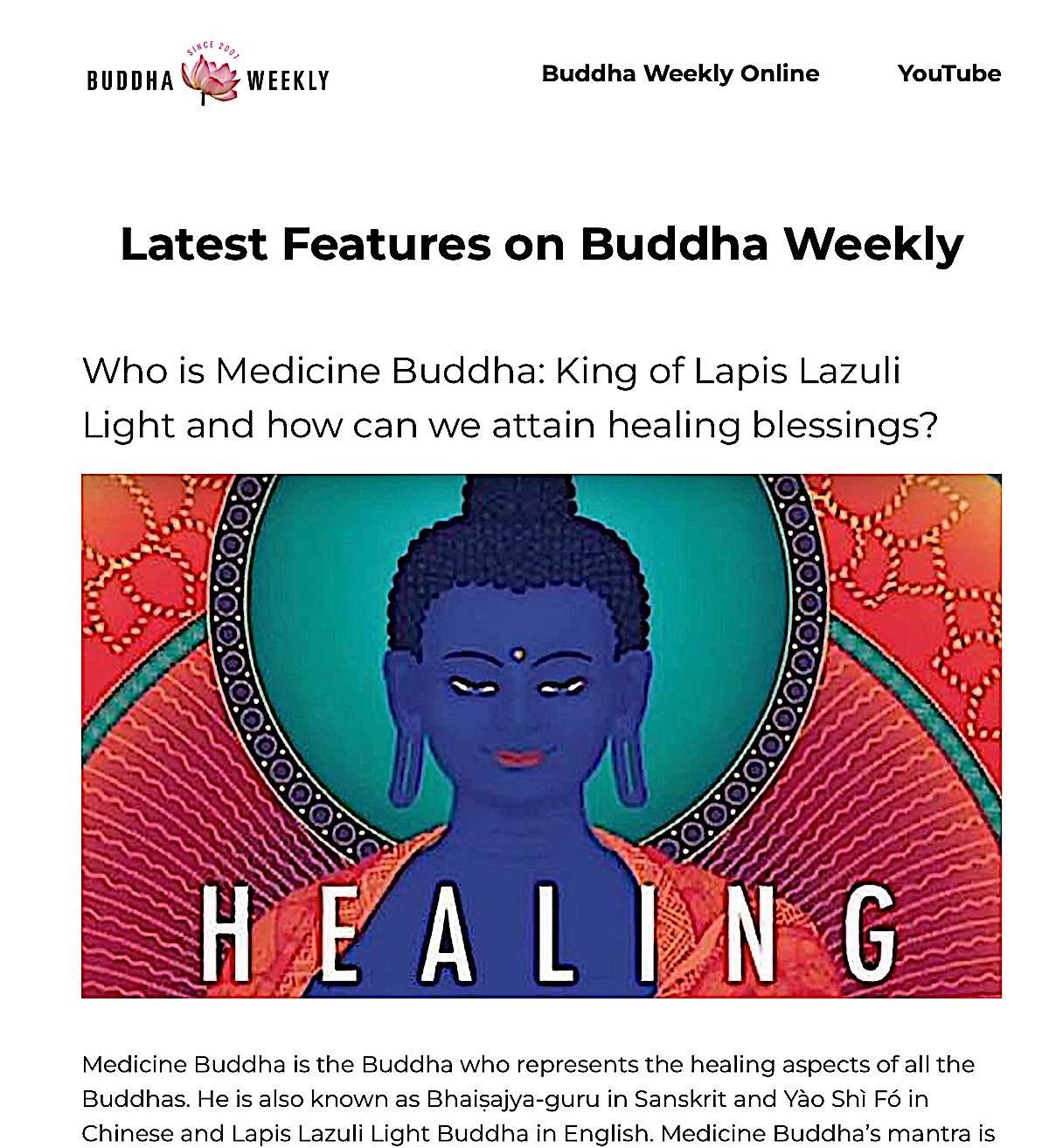
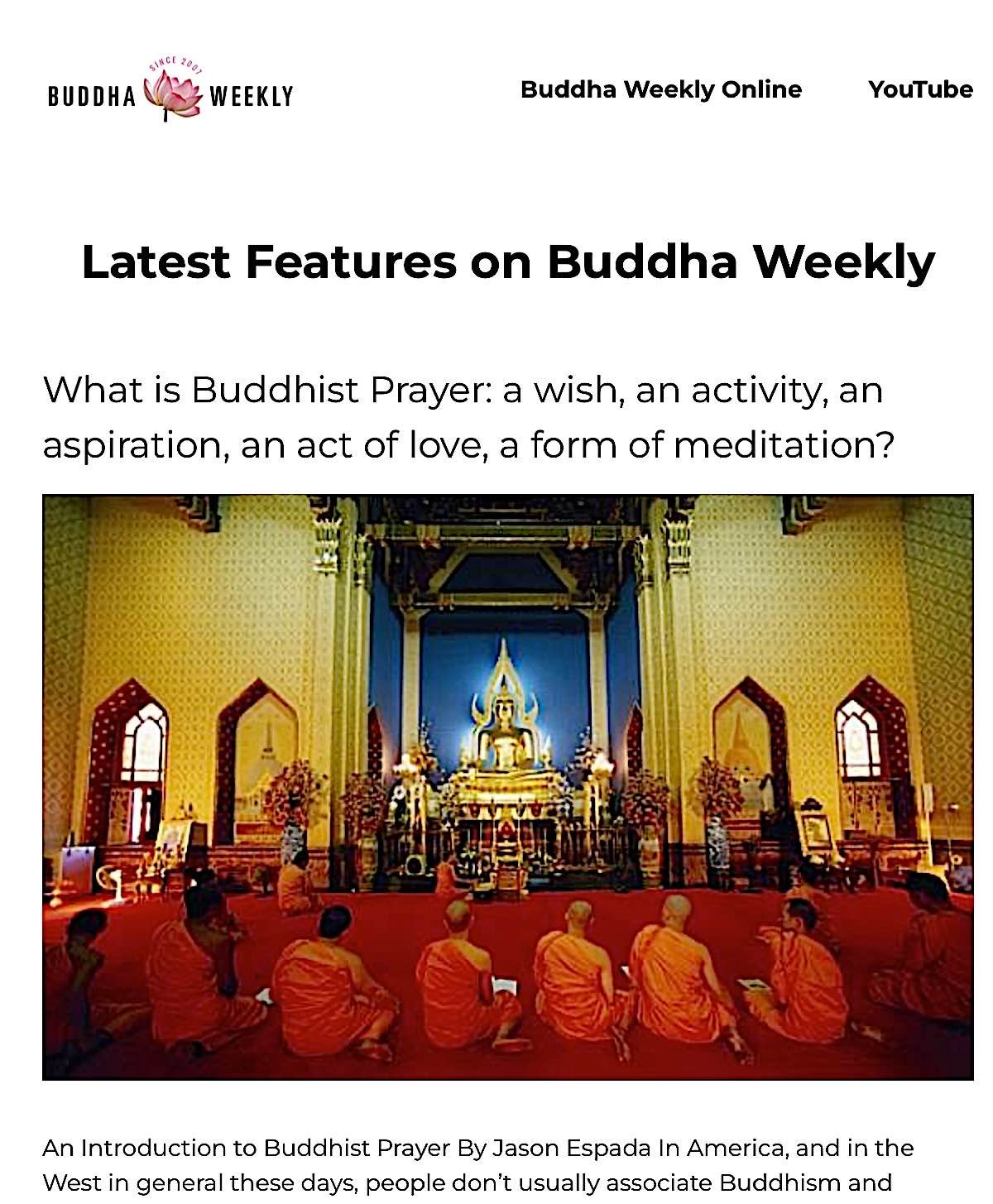


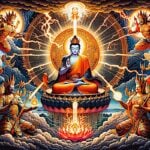
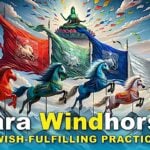
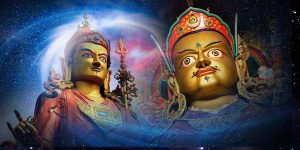
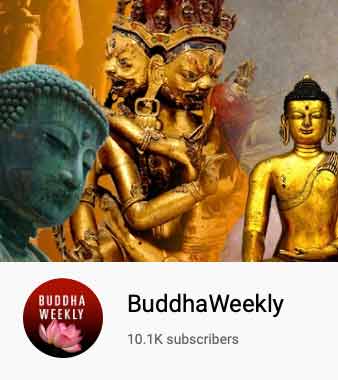
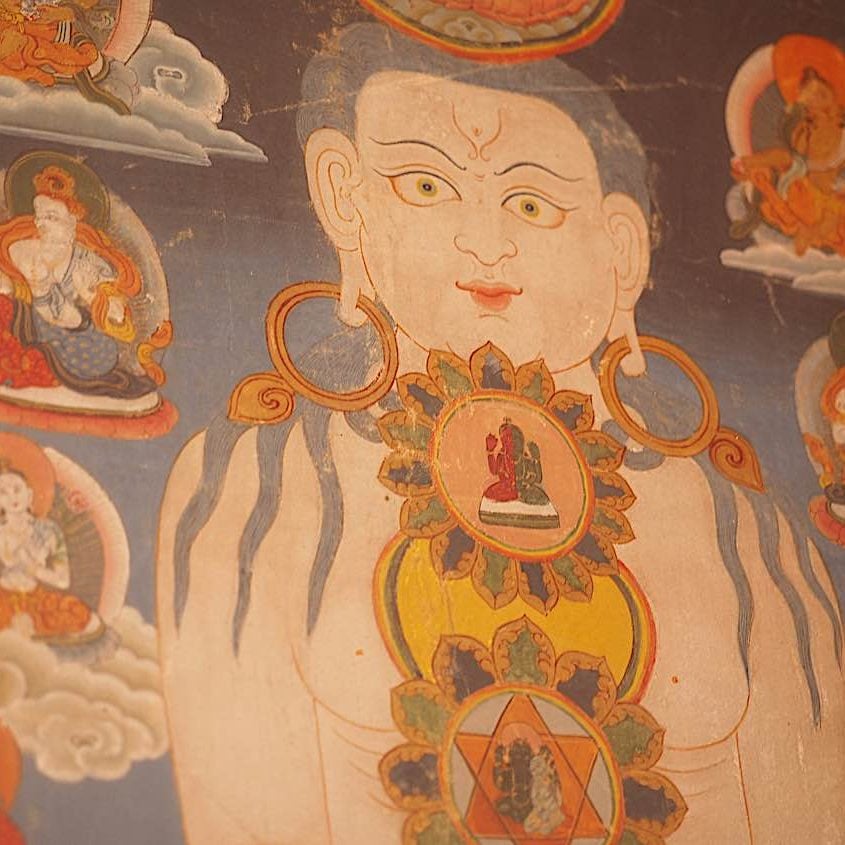
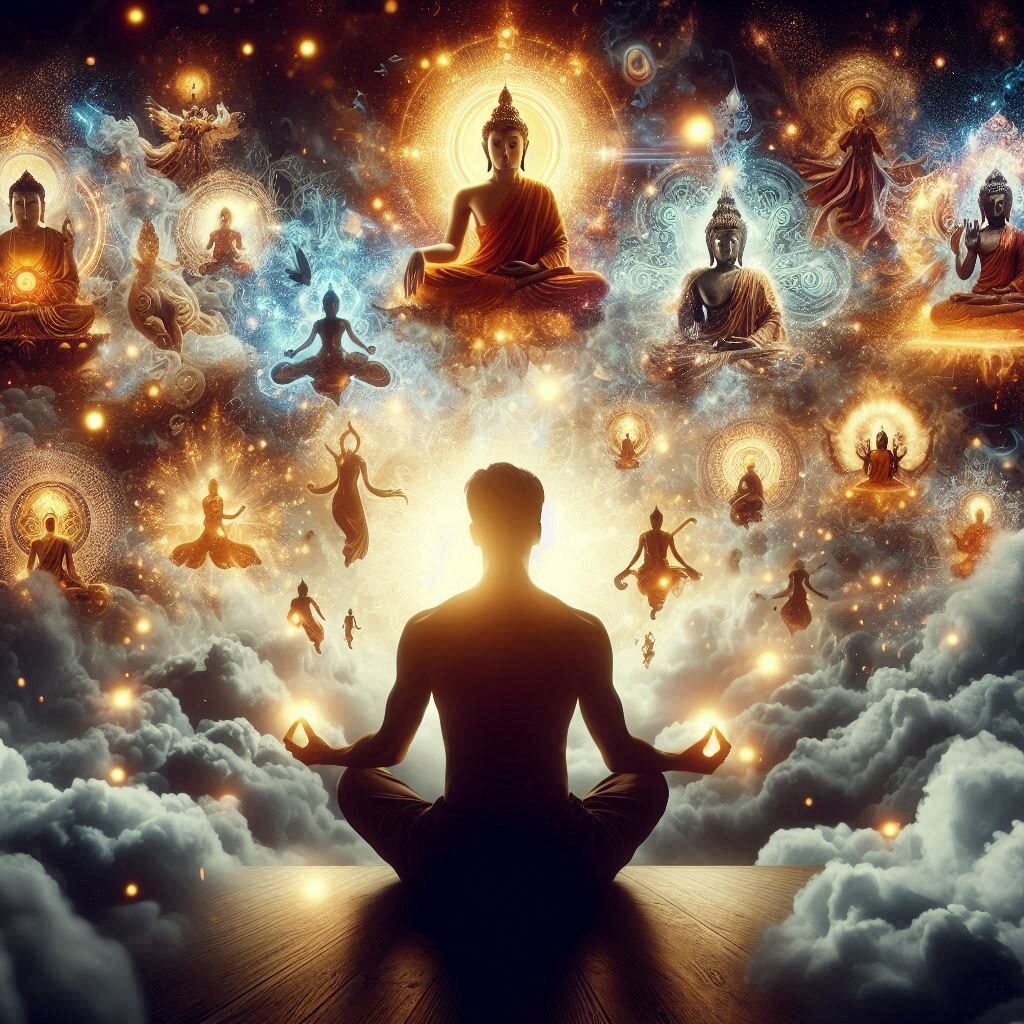
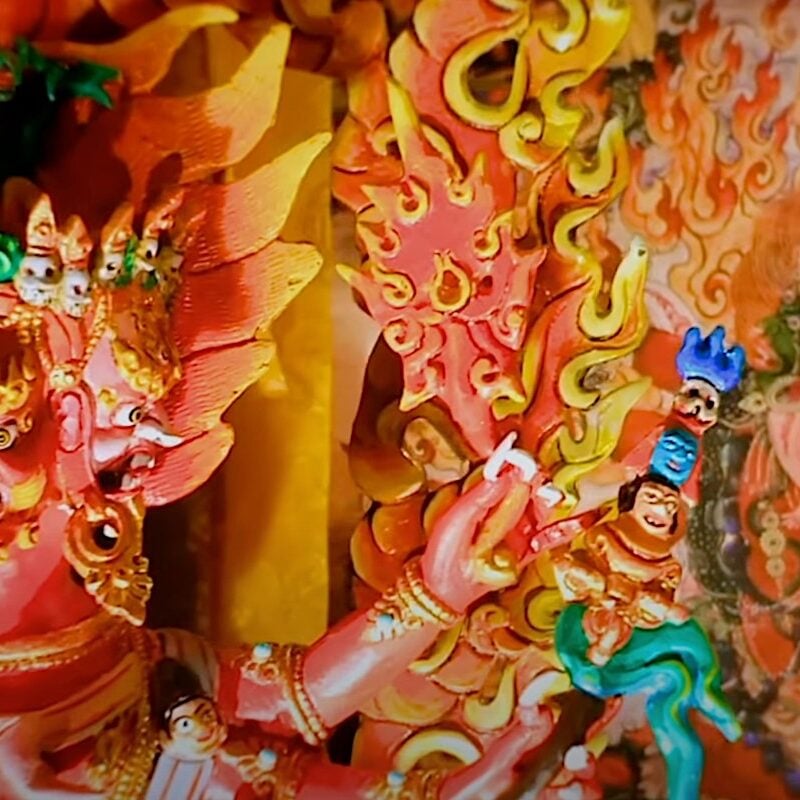
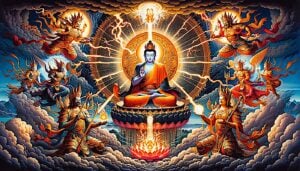
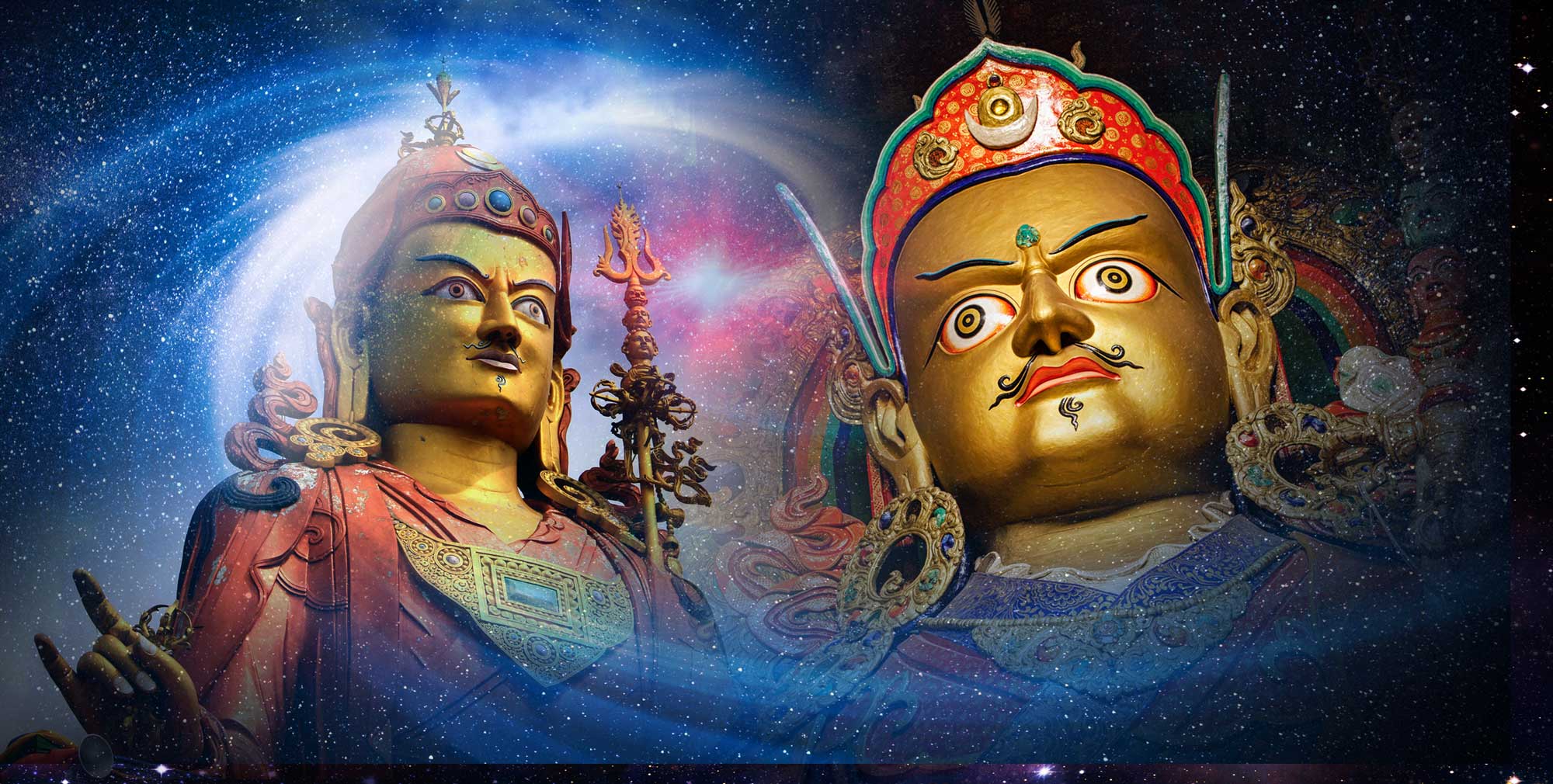
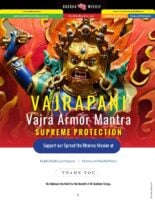
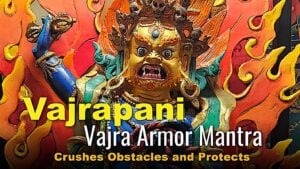
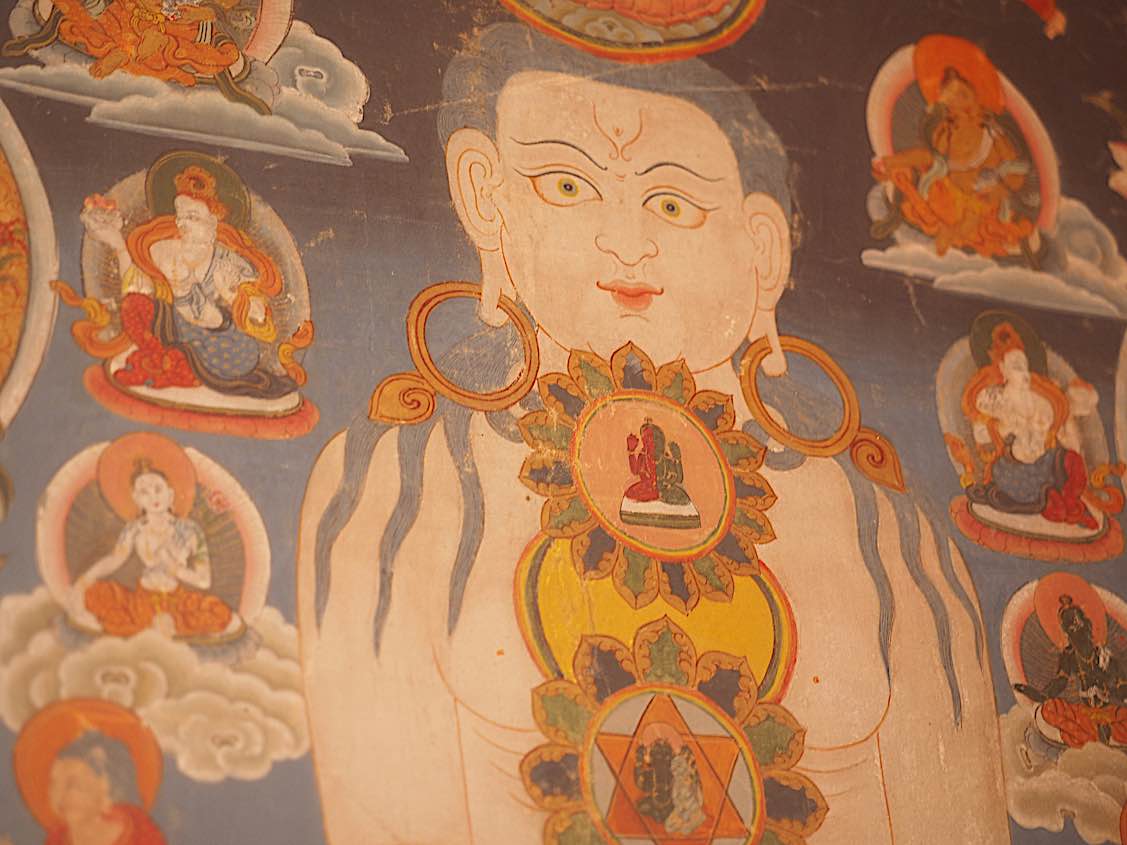
wonderful article, really helpful, informative and eloquently written. Thank you also for your own personal comments/story. I’m studying to become an alternative medicine healer and have just received a beautiful statue of the medicine buddha that l intend to honour every day. Your article and insight have just helped make this a reality, thank you.
Thanks Sabina, I appreciate the comment. I wish you well in your mission to help others through the compassion of healing. In kindness, Lee
Thank you. Very beautiful and well spoken.
thanks for natural Buddha
mantras
What a beautiful article ! It will be of great help to many others.
Many thanks
Sophie
Amazing coming upon it is not a coincidence
I am indeed very very grateful for all this information which is very hard to find – particularly the way the explanations are given. I like the last comment which says that it is not by coincidence that we have come to this article. Please send blessings. Thank you very much.
Thank you for your kind insight into the medicine Buddha
As I read out ‘Lapis Lazuli’ the first time tears suddenly filled my eyes, was sobbing uncontrollably for a minute. Please do tell if this was the Medicine Buddha’s original Sanskrit name?
Hi Jenny,
Yes, Bhaisajyaguru Vaduraprabha translates as Lapis Lazuli Medicine Buddha. He cares for all beings equally, his healing is available to anyone. His formal title: Bhaiṣajyaguruvaiḍūryaprabhārāja (भैषज्यगुरुवैडूर्यप्रभाराज) means “Medicine Master and King of Lapis Lazuli Light” if literally translated. Enlightened beings are of the nature of light when we visualize them. Blue is the healing colour in Tibetan Buddhism. Lapis Lazuli is also the name of his eastern pure land. Bhaisajyaguru actually means Medicine Master or Medicine Buddha. His full name adds Vaduraprabha, which is Lapis Lazuli Light. In kindness, Lee
This is actually a common misconception! I learned from a Robert Thurman lecture that the medicine Buddha is actually blue sapphire light. I doubt it makes much of a difference, but for me it helps to visualize the Buddha sometimes as a dark blue, yet still translucent Buddha. Lapis lazuli is opaque. I think the word was initially confused long ago because it was describing corundum, which is what ruby and sapphire are both varieties of. I’m happy you benefit from medicine Buddha practice as much as I do. No other meditation practice helps me so much. Definitely try taking aluru/haritaki powder as well. That is the plant the medicine Buddha is holding and it is considered the king of herbs for it’s high antioxidant levels, ability to boost blood oxygen and more. Have a great day!
That’s a lovely way to visualize, Tyler, thank you.
Thanks for every thing you are teaching us. Request to know in detail the seating arrangement in your picture. Medicine Guru being in the center, please let us know so we could visualize them.
Hi Lee, I’ll be happy to try to help out. Which of the two Thangkha images are you referring to? The Medicine Buddhas are in different positions in each.
Basically, you always visualize the Lapis Lazuli Medicine Buddha as either central (if front visualized—in other words facing you, so that you can make offerings) or on top of your head (if you are initiated by a teacher for this practice… it would be best to ask your teacher, in this case for the proper visualization, as each tradition is slightly different). No visualization is wrong, but your teacher is always right:-) In other words, if you have a guru, I’d ask. If you are trying to identify the eight Buddhas by name, then the COLOUR and mudra are the clues.
With frontal visualization (requires no initiation, generally), you can visualize either as you see in these thangkhas, or as a pillar, with Bhaishajyaguru largest and on the bottom. Or, you can really simplify, and have a most effective practice by just visualizing Bhaishajyaguru alone.
To simplify, the central (or top of head) Medicine Buddha is Bhaisajyaguru: Tathagatha Medicine Guru Lapis Lazuli King, who is Lapis BLUE
The others, either one on top of the other (if visualized as a pillar), or clustered around Bhaishajyaguru would be:
Abhiyaraja: Tathagatha King of Clear Knowing — directly on TOP (crown) of Bhaishajyaguru if in a pillar and WHITE in colour (at least in my tradition)
Dharmakirtisagara: Tathagatha Melodious Ocean of Dharma Proclaimed — on crown of Abhiyaraja, and bright RED in colour
Asokottamasriraja: Tathagatha Supreme Glory Free From Sorrow — on crown of Dharmakirtisagara, and pale RED in colour
Suvarnabhadradravimala: Tathagatha Stainless Excellent Gold — on crown of Asokottamasriraja, and golden in colour
Svaragosaraja: Tathagatha King of Melodious Sound on top of Suvarnabhadradravimala and also gold
Suparikirti-tanamasriraja: Tathagatha Glorious Renown of Excellent Signs on top of Svaragosaraja and golden.
But again, I’d check with your teacher. A more basic practice is just simply to visualize Bhaishajyaguru Lapis Lazuli Medicine Buddha. Hope that helps. In metta, Lee Kane
it is really so wonderful to read all about this mantra ; so really divine ; so very peaceful ;
Tashi Deleg 🙂
I am re-motivated to start up my Medicine Buddha practice. I had forgotten the beauty and even with the slightly longer puja then many, it is a very joyful and happy practice. Thank you for your writing and many wonderful new images.
How wonderful. It’s an amazing practice and meditation. I wish you well. In kindness, Derek
How lucky we can read this information and see the wonderful pictures
Pingback: Illness and Cancer Advice: Video, Buddhist Teachers Answer — — Advice for students with aggressive illnesses such as cancer, supportive practices Medicine Buddha and Black Manjushri (with full Medicine Buddha Sutra) - Buddha Weekly: Buddhist Practices
Pingback: The Disease Specialist: Black Manjushri Practice Has a Reputation for Successfully Helping Victims of the Most Dangerous Diseases, Including Cancer, Heart Disease and Aids - Buddha Weekly: Buddhist Practices, Mindfulness, Meditation
cAN i GET THE STATUE OF MEDICINE BUDDHA FOR MY HOME AS MY PARENTS ARE NOT WELL
Medicine Buddha statues are beneficial, certainly, as they remind us to think of Medicine Buddha and healing. It is a good practice, if you are Buddhist, to make water bowl offerings. The most beneficial would be the mantra itself, which anyone can speak. Here’s a video with a guided visualization of Medicine Buddha which can be helpful, with the mantra playing for five minutes at the end. You can also play the mantra in the house. The mantra is OM BEKHANDZE BEKHANDZE MAHA BEKHANDZE BEKHANDZE RANDZA SUMUNDGATE SVAHA. For pronunciation listen to the video (mantra chanting the last five minutes, guided meditation the first ten mintues): https://buddhaweekly.com/healing-video-full-medicine-buddha-guided-meditation-venerable-zasep-tulku-rinpoche-medicine-buddha-mantra-chanting-yoko-dharma/
Is there a connect from the sutras with Dhanvantari from the vedas?
Hi Paul, not that I know of — but bear in mind I know very little about Dhanvantari. As I understand, Dhanvantari is the healer of the gods, an avatar of Krishna (I believe, I’m not an expert on this). Bhaishajyaguru is not a god, but rather an Enlightened Buddha. He’s not an avatar. The key difference is there’s no sense of worship or supplication with Medicine Buddha. You are meditating on this aspect of the Buddha you yourself have within (your own innate Buddha Nature), and you yourself are healing yourself. Thanks for your great question.
In kindness, Lee
They share few common elements in the traditional iconography of thangka paintings.
Dhanvantari is directly associated with the Ayurveda while Medicine Buddha is represented in the first page of the Blue Beryl, the book of the Tibetan Medicine.
Thank you for this beautiful post.
Pingback: Medicine Buddha healing mantras chanted by the amazing Yoko Dharma - Buddha Weekly: Buddhist Practices, Mindfulness, Meditation
I think you have a mistake in one of names:
I guess should be Suvarna-bhadra-vimala, not Suvarna-bhadradra-vimala.
(vimala – stainlees,
bhadra – good
suvarna – gold).
But I am not really en expert in Sanskrit –
– perhaps bhadra might mean just ´good´ while ´bhadradra´ exellent.
Pingback: Video Medicine Buddha Retreat, part 1: open self-healing weekend with visualization, mantras and teachings with H.E. Zasep Rinpoche - Buddha Weekly: Buddhist Practices, Mindfulness, Meditation
Hi, I’d been searching for the “Sutra of the Vows of the Medicine Buddha of Lapis Lazuli Crystal Radiance and Seven Past Buddhas” in English but could only find the Chinese translation. Do you happen to have one or can you help point me to the right direction please? Thank-you!
Warmest regards,
Swee
Dear Swee, I’m not sure if this is the one you are looking for (It probably isn’t because you mentioned specifically “Seven Past Buddhas” — but we have the English translation of “The Sutra of the Merit and Virtue of the Past Vows of Medicine Master Vaidurya Light Tathagata”, which does contain the vows and full Sutras of Lapis Lazuli Light Buddha here: the https://buddhaweekly.com/medicine-buddha-sutra-video-audio-recitation-full-sutta-listening-reciting-empowering-healing-practice/
I’ll try to do a deeper search with the full name you mentioned. In kindness, Lee
Pingback: Twelve syllables of Medicine Buddha's name represent his twelve great vows: Bhaisajya-guru-vidurya-prabha-raja — recite his Holy name as a mantra - Buddha Weekly: Buddhist Practices, Mindfulness, Meditation
Pingback: Healing Event: "Healing Without Borders Retreat" with Venerable Acharya Zasep Tulku Rinpoche—Weekend Retreat on Soul Retrieval (La Gug) Inner Spirit Healing and Medicine Buddha Practice - Buddha Weekly: Buddhist Practices, Mindfulness, Meditat
Pingback: H.E. Acharya Zasep Tulku Rinpoche Returns to Toronto for a Round of Precious Teachings, Including Medicine Buddha, 11 Yogas of Vajrayogini, Palden Lhamo, Chod and Black Manjushri - Buddha Weekly: Buddhist Practices, Mindfulness, Meditation
A very informative article about the Medicine Buddha, my favorite Buddha. I am very attracted to the Medicine Buddha practice and way of being 🙂 The book „Teachings from the Medicine Buddha Retreat“ by Lama Zopa Rinpoche is very helpful. You can read and download it for free here:
https://www.lamayeshe.com/sites/default/files/members/tmbr/LYWA_TMBR.pdf
Om namo bhagavate bhaiṣajyaguru
vaiḍuryaprabharajaya tathagataya
arhate samyaksambuddhaya tadyatha
oṃ bhaiṣajye bhaiṣajye mahabhaiṣajya-samudgate svaha
May the many sentient beings
Who are sick
Quickly be freed from sickness
And may all of the sicknesses of beings never arise again
Thank you!
I am from Nepal. I am studying Buddhism for more than 5 years. I have witnessed the belief in Buddhism in a real life. The peace that LoardBuddha taught is so precious. Inner peace is what makes you happy. That is the most important lesson I have learned and I am practicing the same process. and I am too satisfied.
Art is always considered the purest form of peace. And there are many art forms in Buddhism. Thangkas, Bidhi Malas, Mandalas and Many more statues. It is believed that these art forms destroy all the negative energy around their owners. It is not possible to explain everything at any time, but what I have learned is appearance is just a medium to show what is inside you. If you are happy inside you, and if you find peace in yourself you will be the happiest person.
Good morning,
Thank you, this article is amazing and i was clearly drawn to it.
Blessings of love and light,
Ash
Thank you, that’s wonderful to hear. May all beings benefit. Metta and blessings, BW.